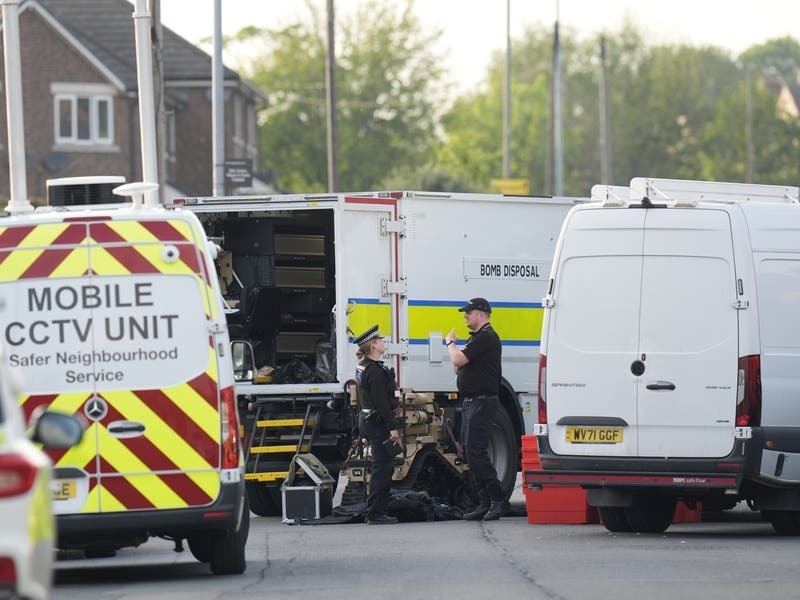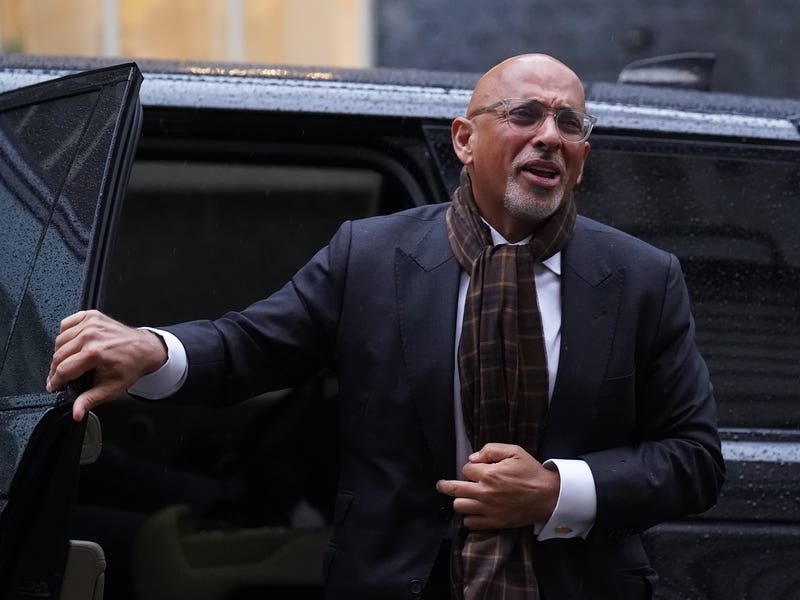From Barrie Bertram
IT WAS a pleasure to ‘board’ the eight page flight through Jersey’s aviation history contained in the JEP (8 Sept), and your readers may wish to discover more about that history.
I would just like to highlight two Old Victorians who were major contributors in the development of aviation in the period between the World Wars.
The first OV was Patrick Lynch-Blosse who would work alongside Sir Charles Kingsford-Smith and Charles Ulm, pioneers in the development of the Australian airlines and the airmail postal service during the period referred to. In July 1938 Pat was flying for QANTAS Empire Airways and was the pilot of their inaugural Sydney-Southampton service, flying a Short S.23 Empire flying boat named ‘Cooee’. Some five years earlier, he had been chartered to fly two MPs from the UK to Australia and back (32,000 miles) in a three-engined Spartan Cruiser.
While over the perilous Java Sea an engine over-heated but Pat flew on to land at Semarang with just two engines. There he found that a bird had been ingested into the air intake, and after its removal, he continued to Australia without further incident.
The return flight was equally trouble-free until arriving over the UK, where the cloud was so low that even the seagulls were walking. This was not a problem as he landed on the beach at Clacton alongside them. Sadly, he later lost his life on a bombing mission over Germany in 1942.
The second OV was Henri Biard, middle son of a French master at Charterhouse and a Jersey-born mother Lucy Constance Delamaine. As you rightly mention, Lady Houston’s financial contribution played a major part in Britain’s Schneider Trophy success in 1931 and the subsequent development of the Spitfire.
However Henri was the pilot who won that magnificent trophy for Britain in 1922 flying a Supermarine Sea Eagle, while at the same time preventing the Italians achieving a third consecutive win and, thus, the trophy’s outright retention.
But his overall efforts would undoubtedly match Lady Houston’s input, for having joined Supermarines from the RAF in 1919, he would be their Chief Test Pilot for the next ten years and more and, in that role, would contribute to RJ Mitchell’s knowledge of how his designs would perform in the air. In this, Henri’s advice was vital, and it should be recognised as a key factor in the great Spitfire story.
While at Supermarine, Henri was also involved in some of the early Channel Island air services when not carrying out flight testing.






